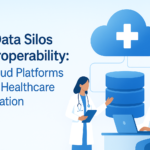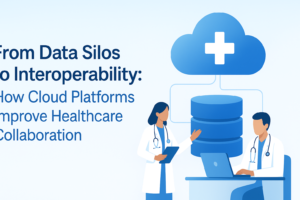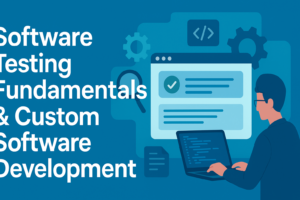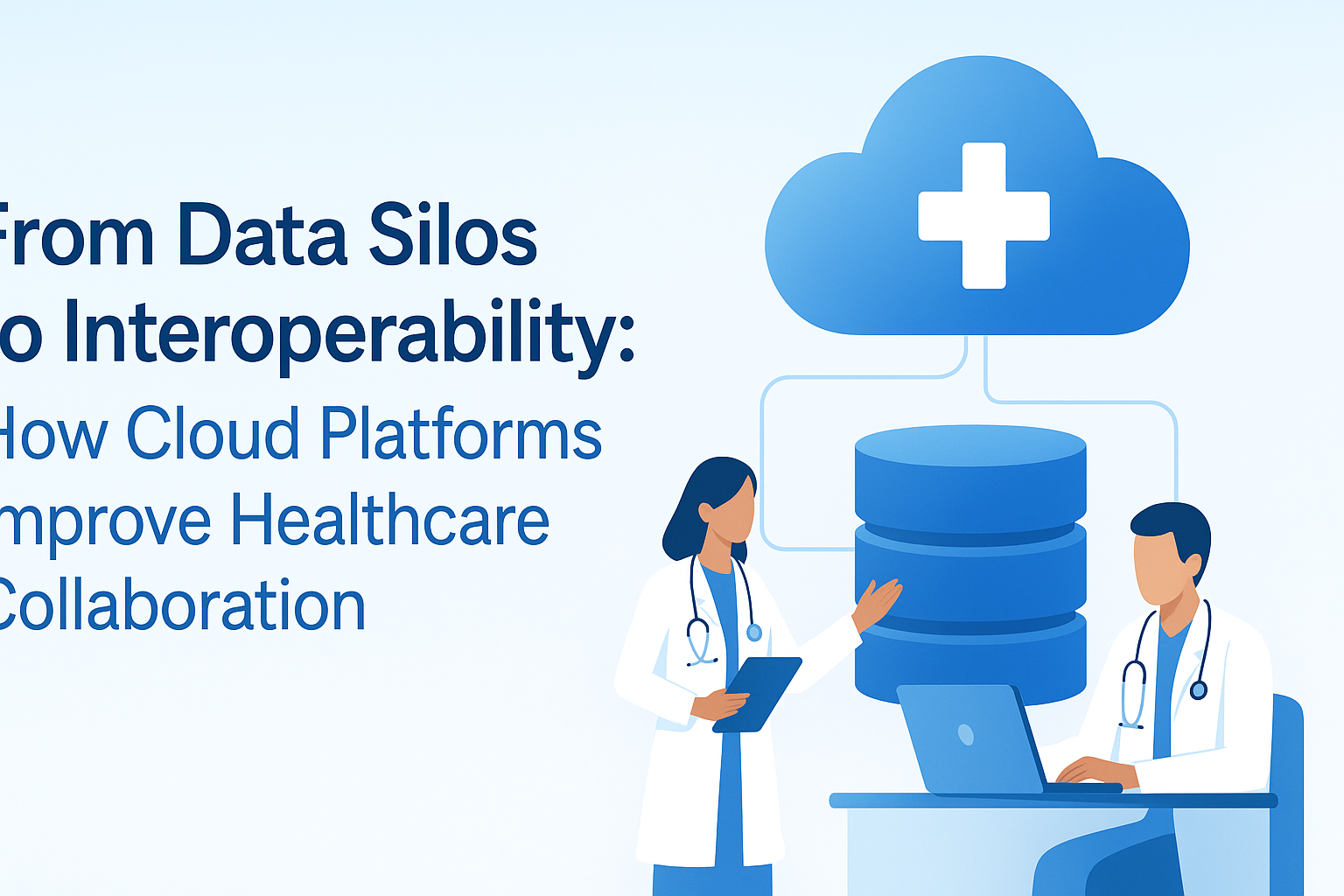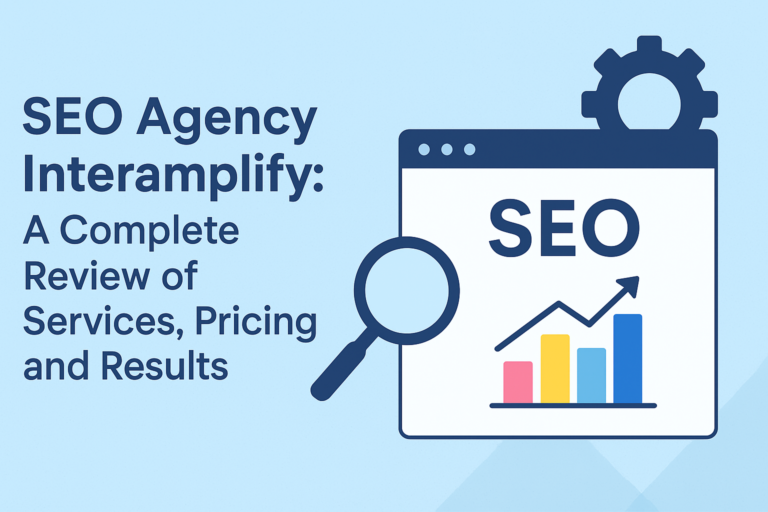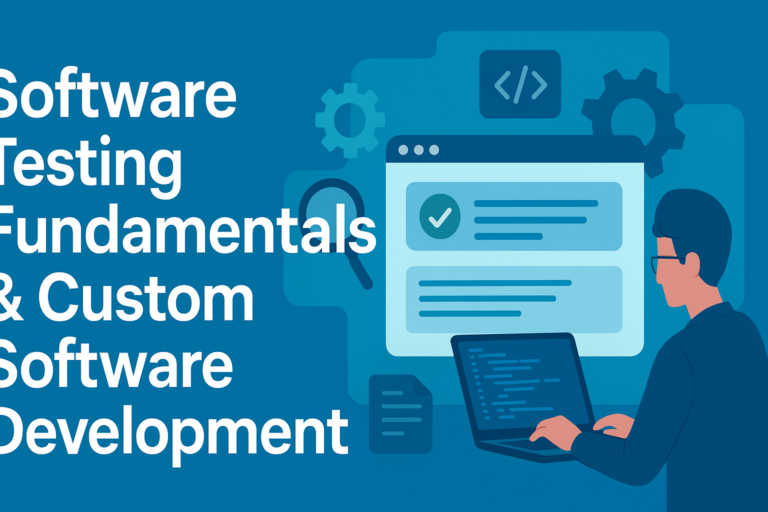Healthcare today runs on data. Each doctor’s note, lab result, imaging scan, and prescription adds to a patient’s digital reports. But all too frequently, that information becomes stuck in silos: separate systems that don’t communicate with each other. Collaboration suffers, decisions take longer, and patients pay the price when data doesn’t flow freely.
Which is where interoperability, the capacity for disparate systems and institutions to share and use information, has never meant more. Cloud platforms are at the center of breaking down silos and enabling frictionless collaboration.
Let’s find out why interoperability is so critical, how cloud platforms deliver it, the technologies making it possible, and what the obstacles are.
Why Interoperability Matters in Healthcare?
For example, a patient visits a primary care doctor, is referred to a specialist, goes in and out of lab visits, and then winds up in the emergency room. Each provider collects information. Moreover if their systems do not talk to each other, important information can be overlooked. That can result in repeated tests, delayed diagnoses, or even dangerous errors.
Interoperability fixes this problem by allowing data to flow across systems and organizations.
Why it matters:
- Improved decisions around care: Physicians can view their full patient history instead of fragmented bits.
- Increased efficiency: No duplicate lab testing or unwarranted imaging.
- Reduced costs: Data sharing leads to less waste and supports value-based care models.
- Patient empowerment: Patients get access to their entire record, not just parts of it.
In other words: Interoperability isn’t just about tech. It is a question of better results and safer care for patients as well as of stronger health systems.
Collaboration is Built on Cloud Platforms
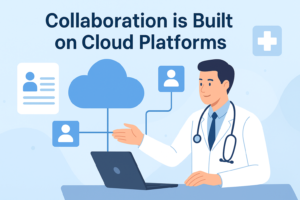
So, how do we go from isolated silos to integrated systems? The answer lies in the cloud.
Conventional healthcare IT is built on top of ‘on-premise’ servers, each of which owns its data. These setups make sharing difficult. Moreover Cloud-based solutions, on the other hand, make for easy access and security, and scale very well.
Here’s the canvas that Cloud provides:
- Consolidated data storage: A single, secure location for all systems to pull patient records from.
- Scalability: Your data expands, think genomics, imaging, or IoT wearables, and the cloud goes with you.
- Live collaboration: Providers can share and edit records at the same time.
- Safe connection: Advanced encryption and ad hoc calls can also be compliant (HIPAA, GDPR, etc.)
- Disaster recovery: Built-in redundancy also means that data doesn’t get lost due to local failure.
For hospitals, clinics, labs, and insurers, the cloud becomes the place where data and collaboration finally meet.
Use Cases of Cloud Interoperability
Cloud-based interoperability isn’t just a theory; it’s already changing the face of healthcare.
Coordinated Care for Chronic Conditions
Patients with long-term illnesses typically have more than one provider. However In the cloud, everyone: primary doctors, specialists, pharmacists can share notes, lab results, and treatment plans. It de-fragments and gives good continuity of care.
Telehealth Integration
Telehealth surged during the pandemic. Providers can plug into EHR systems via cloud platforms, aiding in telehealth delivery. In addition That way, virtual visits don’t become yet another silo but get incorporated into the patient’s longitudinal record.
Medical Imaging Collaboration
Medical imaging files are massive, and they do not share well. Cloud technology now enables radiologists to upload scans that other providers can see immediately, even if they’re in different parts of the country. Quicker access is faster diagnosis and treatment.
Population Health Management
Public health agencies and hospitals can pool anonymized data in the cloud to follow disease outbreaks, vaccination levels, or trends in chronic illnesses. It enables proactive interventions and policy-making for mitigation.
Patient Portals and Apps
Patients want to get at their health data, and they’re finally starting to. Cloud-based interoperability allows for user-friendly portals and apps where patients can view test results, manage prescriptions, and correspond with health care professionals in real time.
Technologies Driving Cloud Interoperability
Breaking silos isn’t easy. It takes several technologies working together.
Key enablers include:
- APIs (Application Programming Interfaces): These are the protocols that let one system communicate with another. Furthermore An example would be a lab system that can stream test results into an EHR through API connections.
- FHIR (Fast Healthcare Interoperability Resources): This is an HL7 standard that is designed to help healthcare practitioners organise and exchange data in their systems. A growing number of cloud services have been FHIR-enabled for better interoperability.
- Data Lakes and Warehouses: The cloud enables organizations to save unprocessed quantities of data from multiple sources at a central “lake.” Analysts and A.I. tools can subsequently convert this into valuable information.
- Artificial Intelligence and Machine Learning: With the free flow of data, AI can identify patterns, predict outcomes, and advocate treatments across whole patient populations.
- Blockchain: A few systems are experimenting with blockchain to develop tamper-proof, decentralized patient records. This might be a level of trust and safety in the future.
Challenges and How to Succeed
It may be something new that can change the way you get ready! Of course, any sort of transformation does not come without its share of trials. Furthermore Cloud interoperability has its own set of roadblocks.
Data Security and Privacy
Healthcare data is highly sensitive. Providers fret about breaches and compliance.
Solution: Utilize platforms that are HIPAA, GDPR, and local law compliant. This is why it’s so important to encrypt both data at rest and in transit. Apply role-based access controls.
Legacy Systems
Several hospitals are still using outdated EHR systems, platforms that don’t “speak” the standards of today.
Solution: Evolutionary shift with middleware bridging old to new through the cloud and APIs.
Cost and Resources
Cloud has a significant infrastructure investment, training, and change management overhead.
Solution: Gradual adoption, beginning with non-critical workloads such as patient portals or imaging, can be useful in cost control as well as establishing confidence.
The Road Ahead
In summary, overall Healthcare is creating about 30% of the world’s data, and it is doubling every 73 days . Without interoperability, that torrent of information is useless to providers and ultimately does nothing for patients.
Cloud is the best place to start if we want to break down silos. Cloud-based interoperability aggregates patients’ data from disparate systems and makes them available to multiple organizations, combining open standards to rely on secure infrastructure and leveraging advanced analytics.
Author
Jabran Mustafa is an accomplished technology writer specializing in IT, SaaS, and software development. Launching his writing journey in 2022, he brings over three years of dedicated experience in delivering insightful, industry-leading content. Since 2024, he has been a key contributor to innovaesoft.com, where he consistently provides in-depth analysis and innovative perspectives. With a passion for demystifying complex tech concepts, Jabran work aims to empower professionals and catalyze digital transformation.
